

Articles
What Is A 4-Watt LED Bulb Equivalent To
Modified: February 22, 2024
Discover what a 4 watt LED bulb is equivalent to in terms of traditional incandescent bulbs, and get insights and tips on choosing the right lighting options. Read more in our informative articles!
(Many of the links in this article redirect to a specific reviewed product. Your purchase of these products through affiliate links helps to generate commission for Storables.com, at no extra cost. Learn more)
Introduction
Welcome to the world of lighting technology, where innovations are constantly changing the way we illuminate our spaces. In recent years, LED bulbs have emerged as a popular and energy-efficient alternative to traditional incandescent and fluorescent bulbs. LED bulbs offer a myriad of benefits, including longer lifespan, lower energy consumption, and environmental friendliness.
One important aspect to consider when purchasing LED bulbs is their wattage equivalency. In the past, wattage served as a reliable indicator of the brightness of a light bulb. However, with the introduction of LED technology and its significantly lower power consumption, wattage alone no longer accurately reflects a bulb’s brightness level. Understanding the equivalent wattage of an LED bulb is essential for choosing the right brightness for your space.
In this article, we will explore what a 4-watt LED bulb is equivalent to in terms of traditional incandescent bulbs, and delve into the factors to consider when evaluating LED bulb equivalency. We will also discuss the common uses of 4-watt LED bulbs and the advantages they offer over other types of lighting.
So, let’s dive in and shed some light on the world of 4-watt LED bulbs and their equivalency!
Key Takeaways:
- LED bulbs offer energy efficiency, long lifespan, and instant illumination. Understanding equivalent wattage and other factors like lumens and color temperature is crucial for optimal lighting choices.
- 4-watt LED bulbs provide versatile and practical lighting solutions for accent, task, decorative, and outdoor lighting. Their energy efficiency, dimming capability, and enhanced color rendering make them a wise choice for various applications.
Read more: What LED Bulb Is Equivalent To 60 Watts
What is a Watt?
Before we delve into the world of LED bulbs and their wattage equivalency, let’s first understand what a watt actually is. In simple terms, a watt is a unit of measurement that quantifies the electrical power consumed by a device.
The wattage of a light bulb essentially tells us how much energy it consumes when it is in use. The higher the wattage, the more energy the bulb consumes, resulting in a brighter light output.
Traditionally, wattage served as a reliable way to gauge the brightness of a light bulb. For example, a 100-watt incandescent bulb produces a brighter light than a 60-watt bulb. However, with the advent of LED technology, the correlation between wattage and brightness has become less straightforward.
LED bulbs are known for their energy efficiency, often consuming significantly less power than incandescent bulbs while producing the same or even brighter light output. As a result, when it comes to LED bulbs, wattage is no longer the sole determinant of brightness.
So, while it is still useful to have a basic understanding of what a watt is, it is important to recognize that when it comes to LED bulbs, other factors such as lumens and color temperature play a more prominent role in determining brightness and suitable lighting options.
Now that we have a grasp on the concept of wattage, let’s dive into the world of LED bulbs and explore what makes them a popular lighting choice.
What is an LED Bulb?
LED, which stands for Light Emitting Diode, is a cutting-edge lighting technology that has gained immense popularity in recent years. Unlike traditional incandescent or fluorescent bulbs, LED bulbs utilize semiconductors to generate light. The small size of LEDs allows for greater flexibility in designing bulbs for various applications, making them suitable for a wide range of lighting needs.
LED bulbs offer several advantages over traditional lighting technologies. First and foremost, they are highly energy-efficient. LED bulbs consume significantly less electricity to produce the same amount of light as incandescent or fluorescent bulbs. This energy efficiency not only helps reduce electricity bills but also has a positive impact on the environment by reducing carbon emissions.
Another significant advantage of LED bulbs is their long lifespan. While incandescent bulbs typically last for around 1,000 hours and fluorescent bulbs for approximately 10,000 hours, LED bulbs can last up to 50,000 hours or more. This extended lifespan not only saves on replacement costs but also reduces waste and the need for frequent bulb changes.
LED bulbs are known for their durability and resistance to shock and vibration. Unlike incandescent bulbs, which are made of fragile glass, LED bulbs are made of more rugged materials, making them less prone to breakage. Additionally, LED bulbs do not contain any toxic substances such as mercury, unlike fluorescent bulbs, making them safer for both human health and the environment.
LED technology also provides greater control over the quality of light. LED bulbs can be designed to emit light in specific colors, making them ideal for applications such as mood lighting, accent lighting, and decorative lighting. Furthermore, LED bulbs do not emit ultraviolet (UV) or infrared (IR) radiation, which can cause damage to objects or pose health risks.
In summary, LED bulbs are energy-efficient, long-lasting, durable, and provide better control over light quality compared to traditional lighting options. With these benefits in mind, it’s no wonder that LED bulbs have become the lighting choice for homes, businesses, and various industries around the world.
Understanding the Equivalent Wattage
When it comes to LED bulbs, the term “equivalent wattage” refers to the brightness level of an LED bulb compared to a traditional incandescent bulb. Since LED bulbs consume much less power than incandescent bulbs to produce the same amount of light, it is essential to understand their equivalent wattage to choose the right brightness for your space.
Traditionally, incandescent bulbs were rated based on their wattage, with higher wattages indicating a brighter light output. For example, a 60-watt incandescent bulb was considered a standard brightness level for many household applications. However, since LED bulbs are significantly more energy-efficient, their wattage does not directly correlate to their brightness.
To determine the equivalent wattage of an LED bulb, you need to look at the lumens. Lumens measure the actual brightness or light output of a bulb. The higher the lumen output, the brighter the light.
Most LED bulb packaging includes information on the equivalent wattage. For example, a 4-watt LED bulb might be labeled as having an equivalent wattage of 40 watts. This means that the 4-watt LED bulb produces a similar amount of light as a 40-watt incandescent bulb.
It’s important to note that the equivalent wattage is an approximation and may vary slightly between different brands and models of LED bulbs. The packaging or product description should provide the most accurate information regarding the equivalent wattage of an LED bulb.
When choosing an LED bulb, consider the desired brightness level for your space. If you’re replacing an incandescent bulb, you can use its wattage as a starting point to determine the equivalent wattage of an LED bulb. However, keep in mind that LED bulbs tend to be brighter, so you may want to choose a slightly lower wattage equivalent for a similar brightness level.
Ultimately, understanding the equivalent wattage of an LED bulb allows you to make informed decisions when it comes to selecting the right brightness for your lighting needs. By considering both the wattage and lumens of an LED bulb, you can ensure that your space is properly and efficiently illuminated.
A 4 watt LED bulb is equivalent to a 40 watt incandescent bulb in terms of brightness. When replacing incandescent bulbs with LEDs, look for the lumens rather than the wattage to ensure you get the right level of brightness.
Factors to Consider
When evaluating the equivalent wattage of LED bulbs, there are several factors to consider to ensure you choose the right bulb for your specific needs. These factors can help you make an informed decision and optimize the lighting in your space. Here are some key factors to consider:
- Lumens: As mentioned earlier, lumens measure the brightness or light output of a bulb. When comparing LED bulbs, look for the lumen rating rather than just focusing on the equivalent wattage. Higher lumens indicate a brighter light.
- Color Temperature: LED bulbs are available in various color temperatures, which impact the color appearance of the light emitted. Color temperature is measured in Kelvin (K) and can range from warm white (around 2700K) to cool white (around 5000K). Different color temperatures create different atmospheres and are suitable for different applications. Consider the desired ambiance and functionality of the space when choosing the color temperature.
- Dimmability: If you require adjustable lighting levels, ensure that the LED bulb you choose is dimmable. Not all LED bulbs are compatible with dimmer switches, so check the product information to ensure that it meets your dimming requirements.
- Beam Angle: The beam angle refers to the spread of light from the LED bulb. Narrow beam angles are suitable for focused lighting, while wide beam angles are ideal for broader coverage. Consider the specific lighting needs of your space and choose a beam angle that provides the desired illumination.
- Brand and Quality: Choosing LED bulbs from reputable brands ensures both the quality of the product and customer support. Well-known brands often have a reputation for producing reliable and long-lasting LED bulbs.
- Energy Efficiency: LED bulbs are already known for their energy efficiency, but it’s still worth considering the energy savings offered by different bulbs. Look for LED bulbs with ENERGY STAR certification or other energy efficiency labels, as they are tested to meet high standards of efficiency.
- Longevity: LED bulbs have a much longer lifespan compared to traditional bulbs. Consider the estimated lifespan of the LED bulb to determine its long-term value and potential cost savings.
By taking these factors into account, you can make an informed decision when selecting LED bulbs based on their equivalent wattage and other important characteristics. This will help you achieve the ideal lighting solution for your space, whether it’s for your home, office, or any other environment.
Read more: What LED Bulb Is Equivalent To 25 Watts
Common Uses of 4 Watt LED Bulbs
4-watt LED bulbs have become increasingly popular due to their energy efficiency and versatility. While they may have a lower wattage, they can still provide sufficient illumination for a variety of applications. Here are some common uses of 4-watt LED bulbs:
- Accent Lighting: 4-watt LED bulbs are ideal for accent lighting purposes. Whether you want to highlight artwork, architectural features, or decorative elements in your space, these bulbs can provide a subtle yet impactful illumination.
- Task Lighting: Need focused lighting for tasks like reading, writing, or working on detailed projects? 4-watt LED bulbs can be a great option for desk lamps, under-cabinet lighting, or adjustable spotlights, providing ample brightness without causing eye strain.
- Decorative Lighting: If you’re looking to create a unique ambiance or decorative effect, 4-watt LED bulbs can be used in various lighting fixtures such as chandeliers, pendant lights, or wall sconces. These bulbs come in different shapes and sizes, allowing you to personalize the lighting design to suit your style.
- Outdoor Lighting: 4-watt LED bulbs are also suitable for outdoor lighting applications. Use them to illuminate pathways, garden areas, or patio spaces. These bulbs are often designed to be weatherproof, ensuring long-lasting performance in different outdoor conditions.
- Night Lights: 4-watt LED bulbs can function as energy-efficient night lights. Whether placed in children’s bedrooms, hallways, or bathrooms, these bulbs provide a soft and comforting glow while using minimal energy.
- Candelabra Fixtures: Candelabra fixtures typically require smaller bulbs with lower wattages. 4-watt LED bulbs are often designed to fit candelabra bases, making them suitable for chandeliers, wall-mounted fixtures, and other decorative lighting arrangements.
It’s important to note that the specific use cases of 4-watt LED bulbs may vary depending on factors such as the desired brightness level, color temperature, and beam angle of the bulb. Always consider the specific lighting requirements of your space and select the appropriate bulb accordingly.
By utilizing 4-watt LED bulbs in these common applications, you can enjoy energy-efficient lighting solutions while creating the desired ambiance and functionality in your space.
Advantages of Using 4 Watt LED Bulbs
4-watt LED bulbs offer a range of advantages that make them a popular choice for both residential and commercial lighting needs. Let’s explore some of the key benefits of using 4-watt LED bulbs:
- Energy Efficiency: LED technology is renowned for its energy efficiency. Compared to traditional incandescent bulbs, 4-watt LED bulbs consume significantly less power while producing the same or even brighter light output. This translates to energy savings and lower electricity bills.
- Long Lifespan: LED bulbs have an impressive lifespan compared to traditional bulbs. A 4-watt LED bulb can last up to 50,000 hours or more, significantly longer than incandescent or fluorescent bulbs. This extended lifespan reduces the need for frequent bulb replacements, saving both time and money.
- Environmental Friendliness: LED bulbs are eco-friendly lighting options. They do not contain toxic substances such as mercury, which is commonly found in fluorescent bulbs. Additionally, LED bulbs consume less energy, reducing carbon emissions and contributing to a greener environment.
- Versatility: 4-watt LED bulbs come in various shapes, sizes, and color temperatures, allowing for versatile installation and customization options. This makes them suitable for a wide range of lighting applications, from general lighting to accent and decorative lighting.
- Instant On: LED bulbs provide instant, full brightness when turned on. Unlike some other types of lighting, LED bulbs do not require a warm-up period or reach their maximum brightness gradually. This instant illumination is particularly useful in areas where immediate lighting is needed, such as hallways or bathrooms.
- Heat Reduction: LED bulbs produce significantly less heat compared to traditional bulbs. This not only makes them more comfortable to handle but also reduces the risk of overheating or fire hazards. Additionally, the reduced heat output contributes to better energy efficiency and increases the lifespan of the bulb.
- Dimming Capability: Many 4-watt LED bulbs are dimmable, allowing for adjustable lighting levels to create the desired ambiance. With the use of compatible dimmer switches, you can easily control the brightness of the bulbs to suit different activities or moods.
- Enhanced Color Rendering: LED bulbs have excellent color rendering capabilities, meaning they can accurately showcase the true colors of objects and surfaces. This is particularly beneficial in spaces where color accuracy is important, such as art galleries, retail stores, or photography studios.
By utilizing 4-watt LED bulbs, you can enjoy the numerous advantages they offer, including energy efficiency, long lifespan, environmental friendliness, versatility, instant illumination, heat reduction, dimming capability, and enhanced color rendering. These benefits make 4-watt LED bulbs a wise and practical choice for all your lighting needs.
Conclusion
As we conclude our exploration of 4-watt LED bulbs and their equivalent wattage, it is clear that these energy-efficient lighting options offer a multitude of benefits. With advancements in LED technology, wattage alone is no longer the sole indicator of brightness. Understanding the equivalent wattage of LED bulbs and considering other factors like lumens, color temperature, and beam angle is key to selecting the right bulb for your specific needs.
4-watt LED bulbs have proven to be versatile and practical lighting solutions for various applications. Their energy efficiency, long lifespan, and environmental friendliness make them an excellent choice for both residential and commercial settings. From accent lighting and task lighting to decorative and outdoor lighting, 4-watt LED bulbs provide ample illumination while reducing energy consumption and minimizing maintenance requirements.
Not only do 4-watt LED bulbs offer significant advantages in terms of energy savings and environmental impact, but they also provide instant on-off capabilities, reduced heat output, and dimming options. These features allow for enhanced control and customization of lighting to meet specific preferences and create desired atmospheres.
When considering 4-watt LED bulbs, it is important to consider factors such as lumens, color temperature, beam angle, brand reputation, energy efficiency labels, and estimated lifespan. By carefully evaluating these aspects, you can make informed decisions and ensure optimal lighting solutions in your space.
In conclusion, 4-watt LED bulbs are a reliable, energy-efficient, and versatile lighting option. With their equivalent wattage and advanced features, they offer a practical and sustainable way to brighten your surroundings while minimizing energy consumption and reducing your carbon footprint. Embrace the benefits of LED technology and join the movement towards efficient and eco-friendly lighting solutions.
Frequently Asked Questions about What Is A 4-Watt LED Bulb Equivalent To
Was this page helpful?
At Storables.com, we guarantee accurate and reliable information. Our content, validated by Expert Board Contributors, is crafted following stringent Editorial Policies. We're committed to providing you with well-researched, expert-backed insights for all your informational needs.
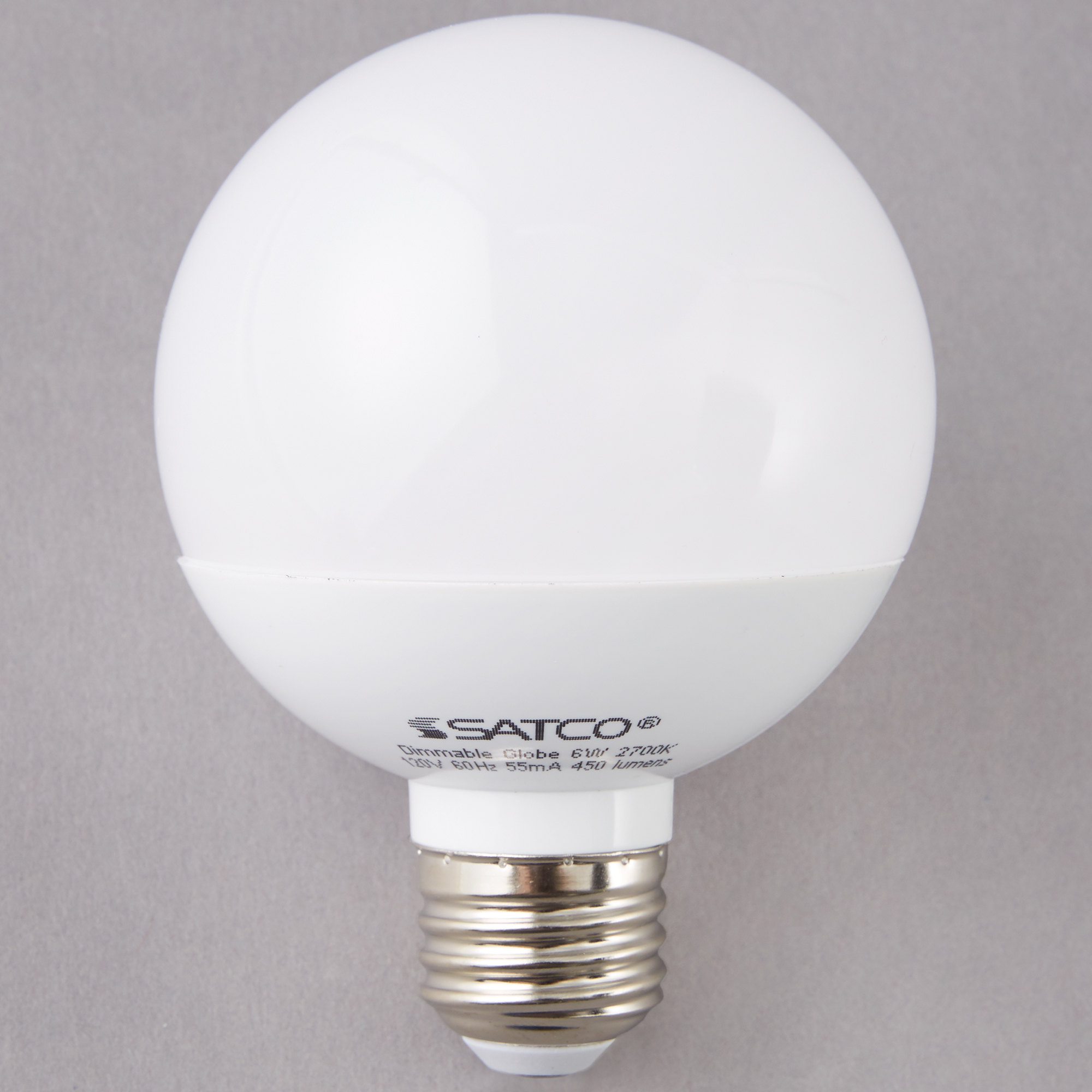
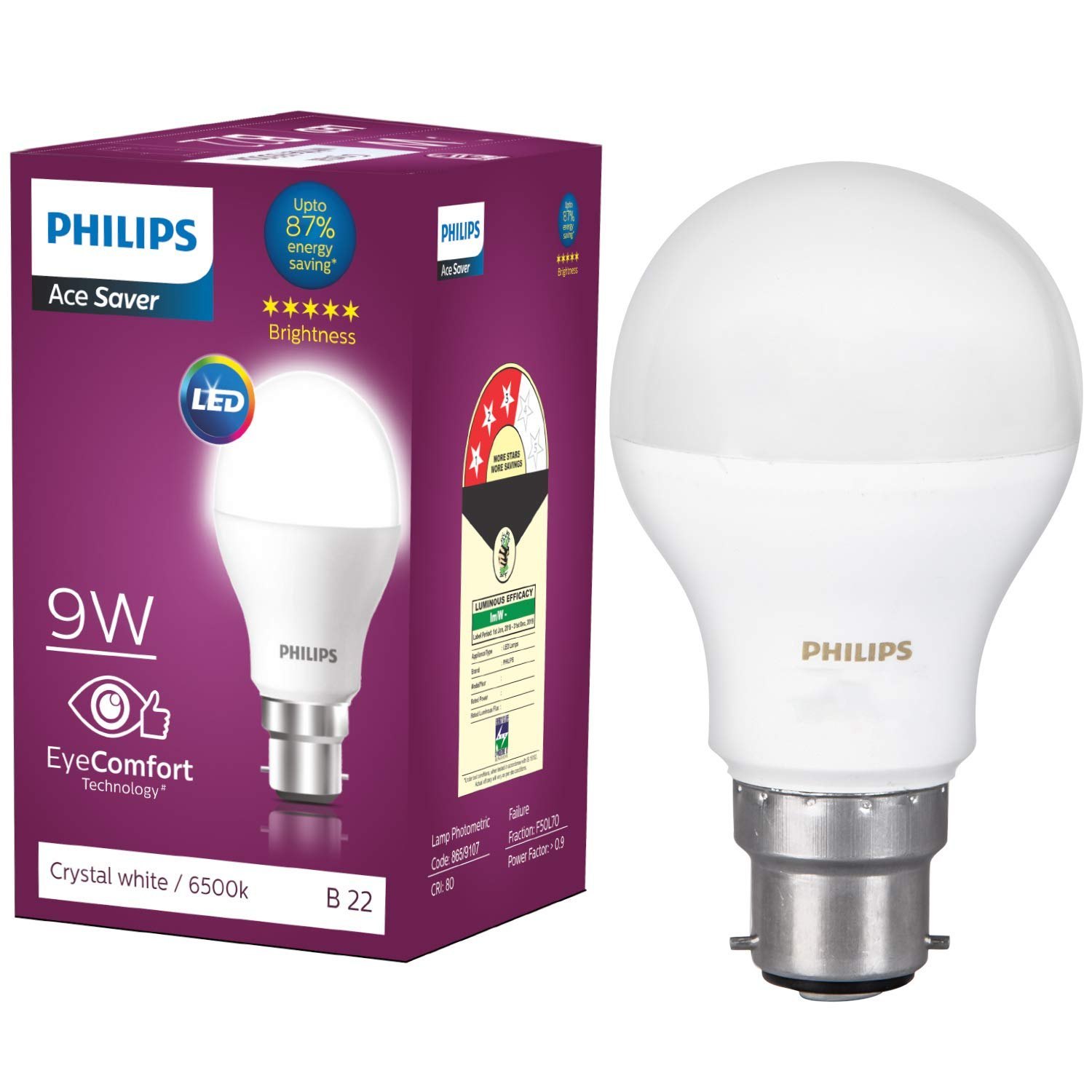
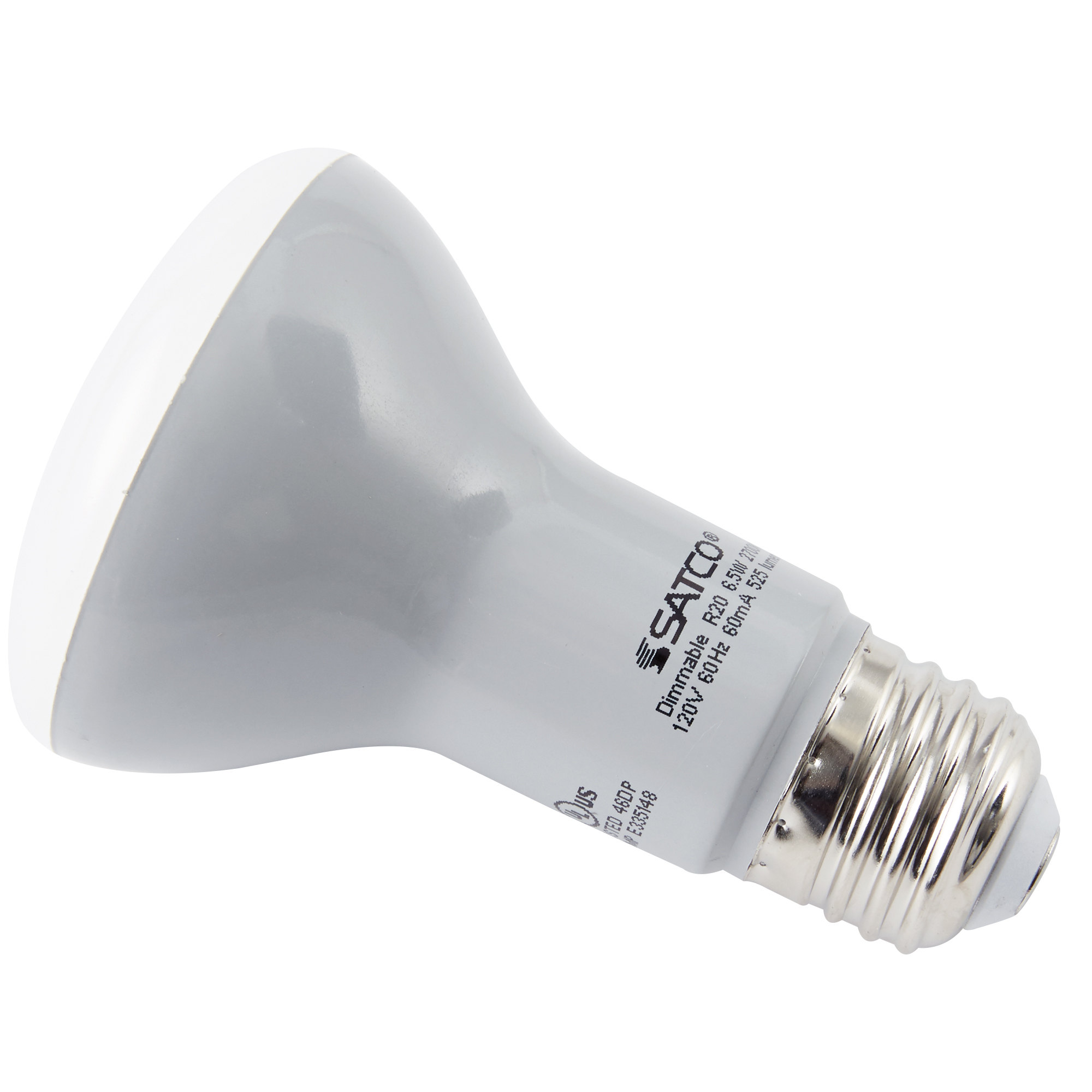

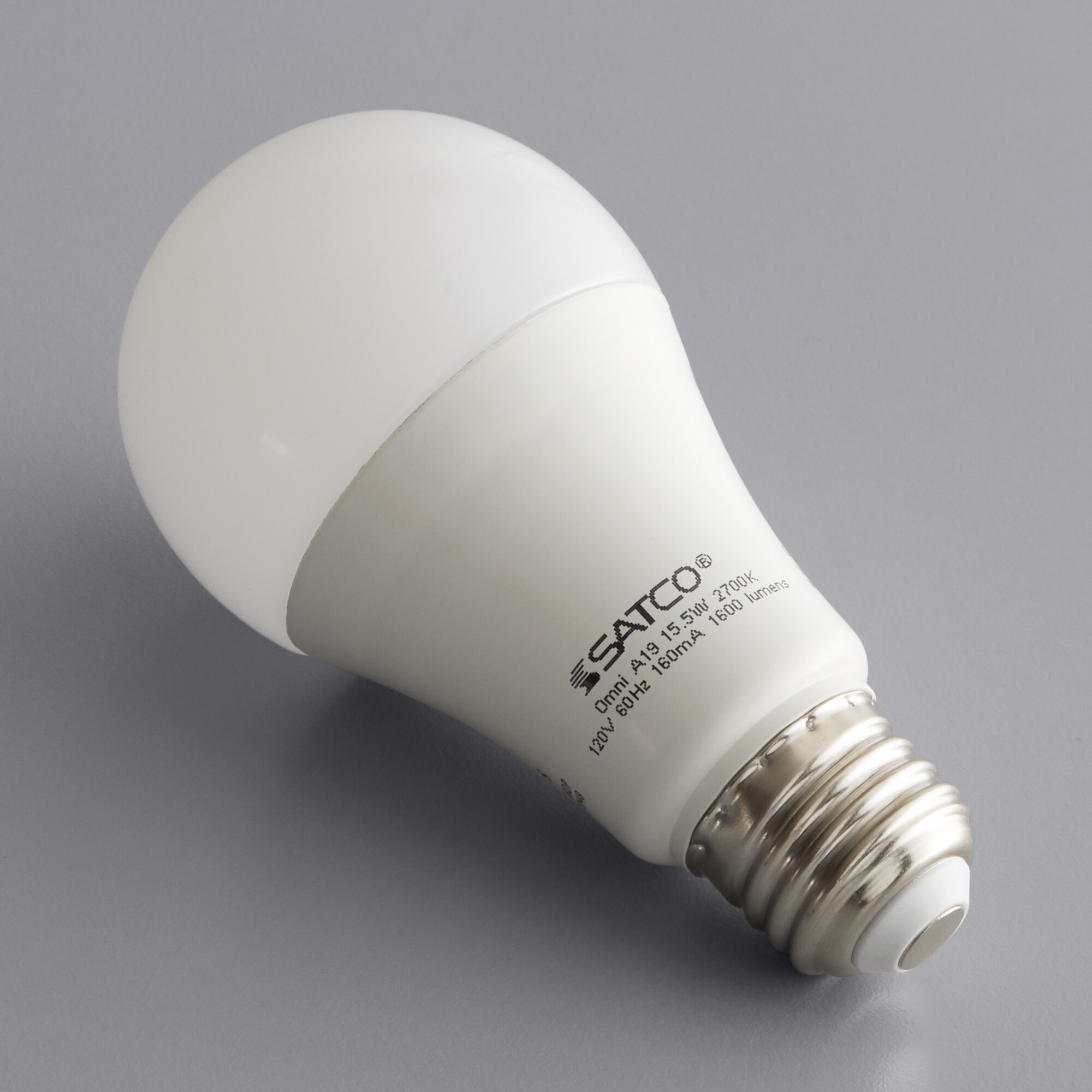
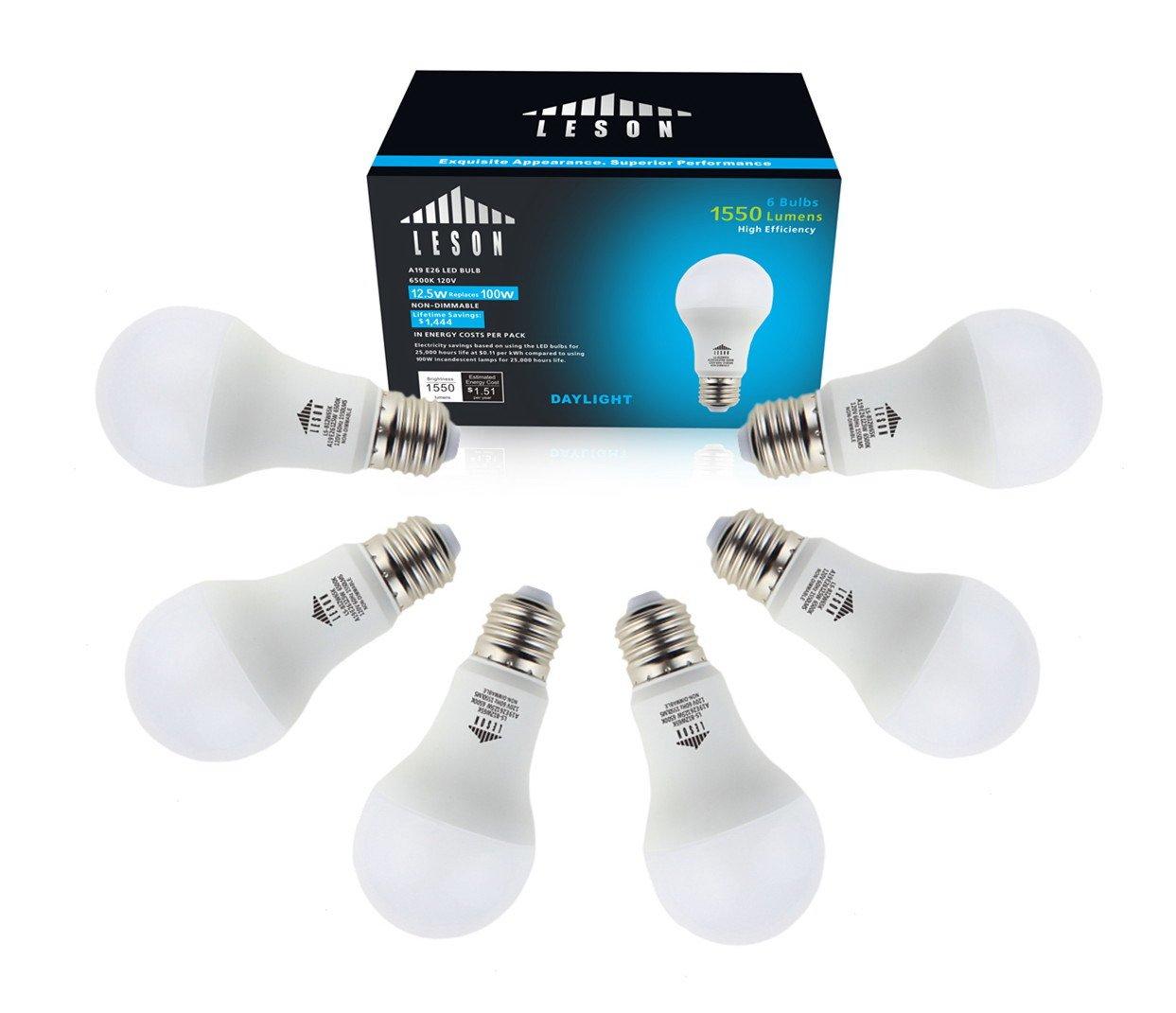
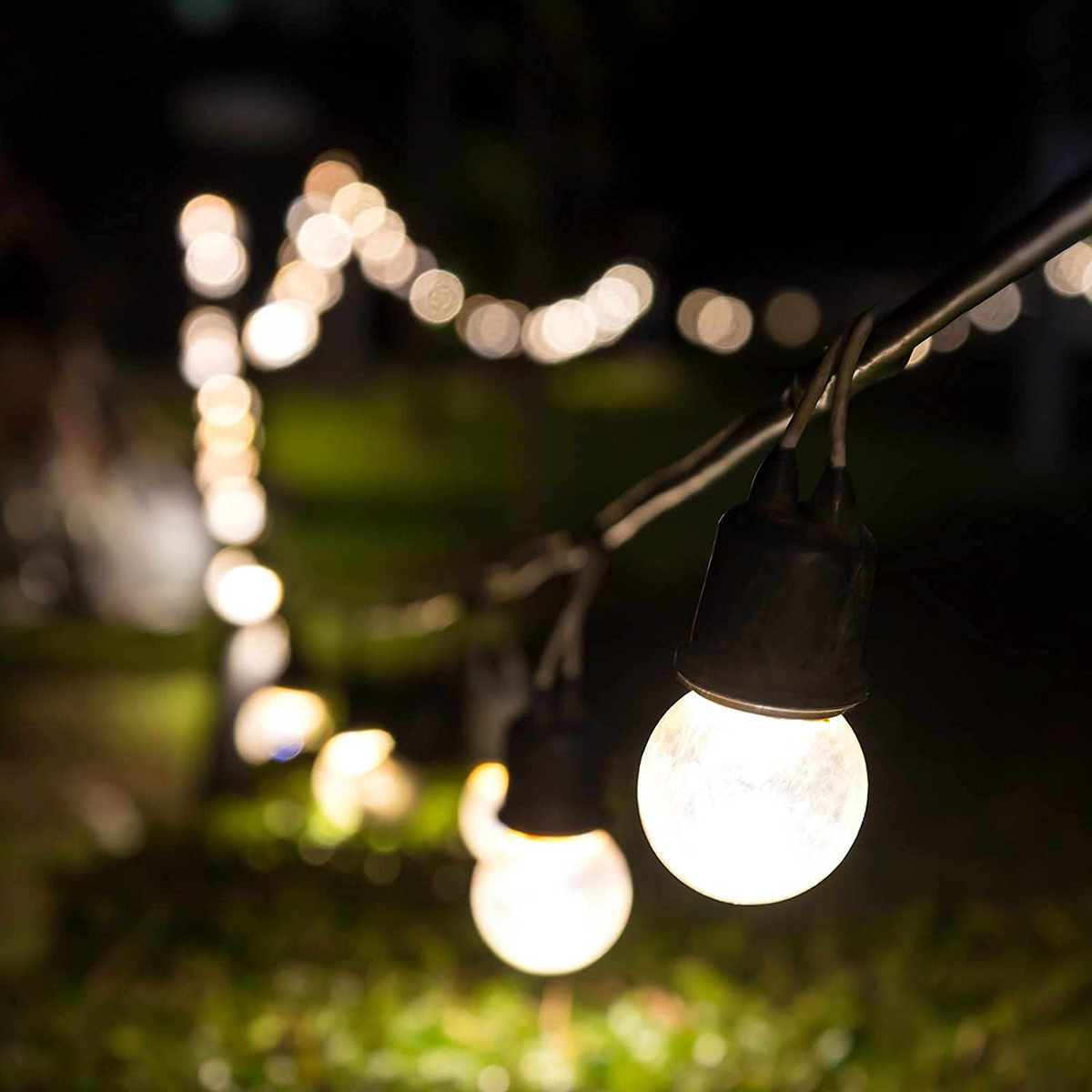
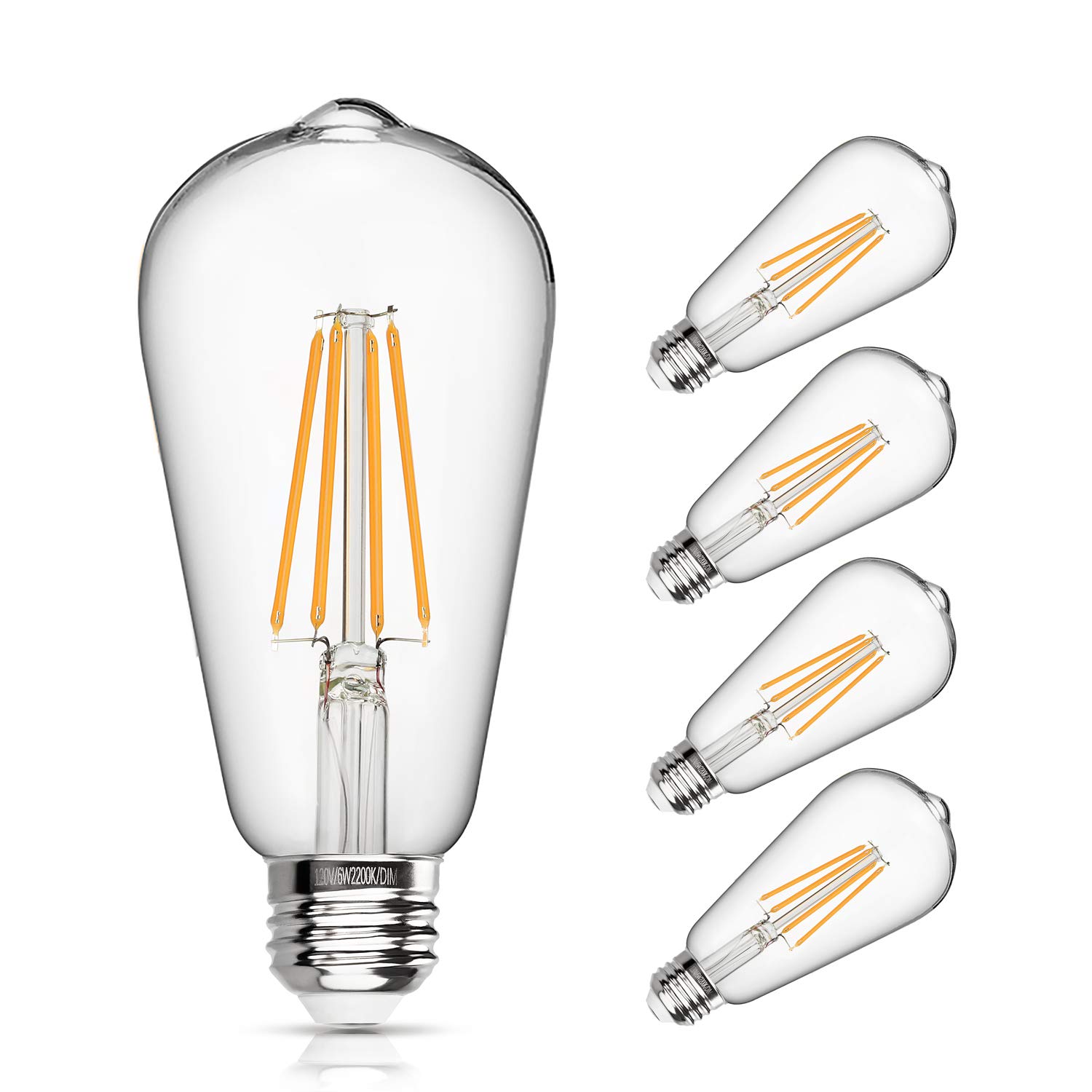
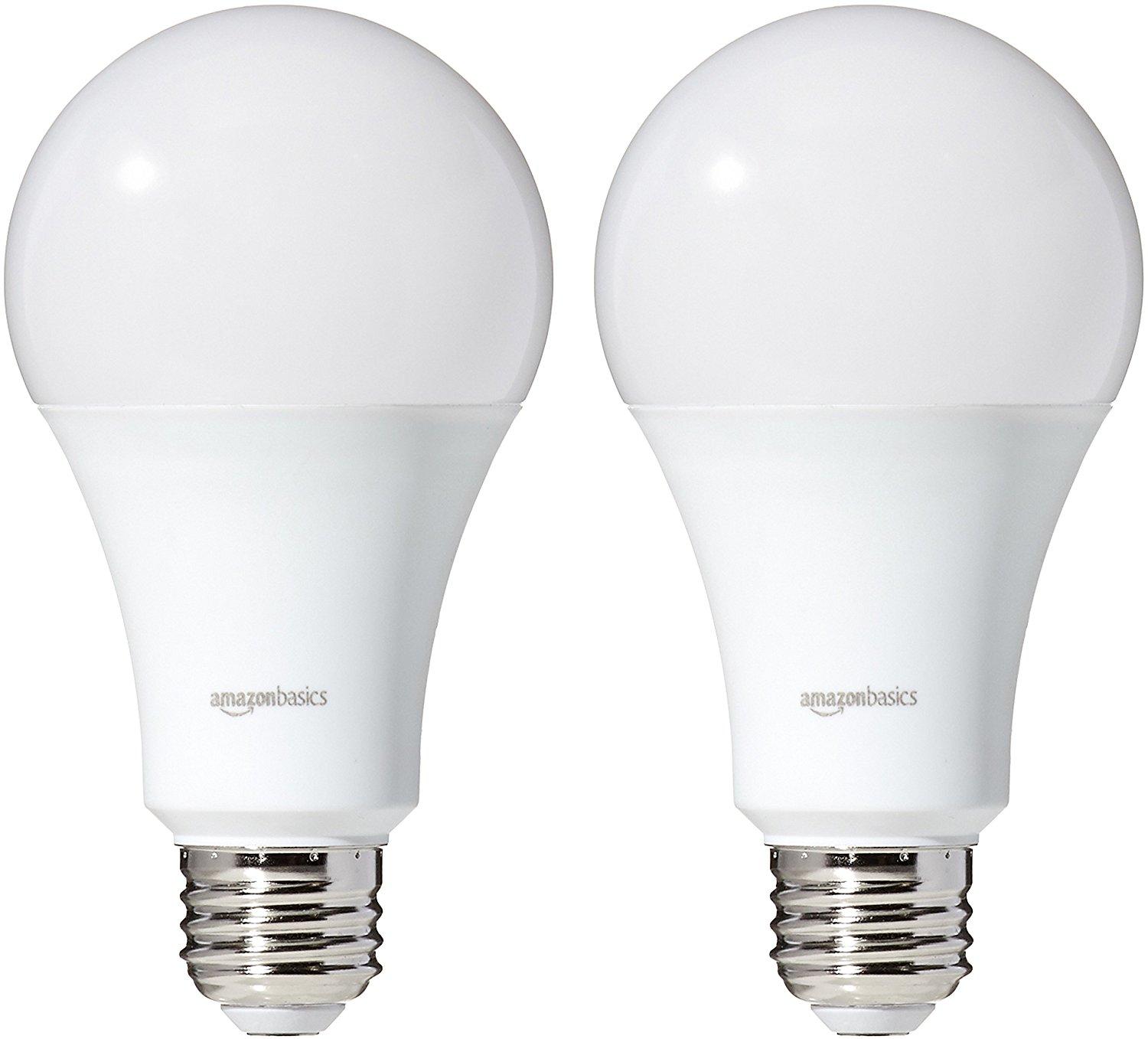
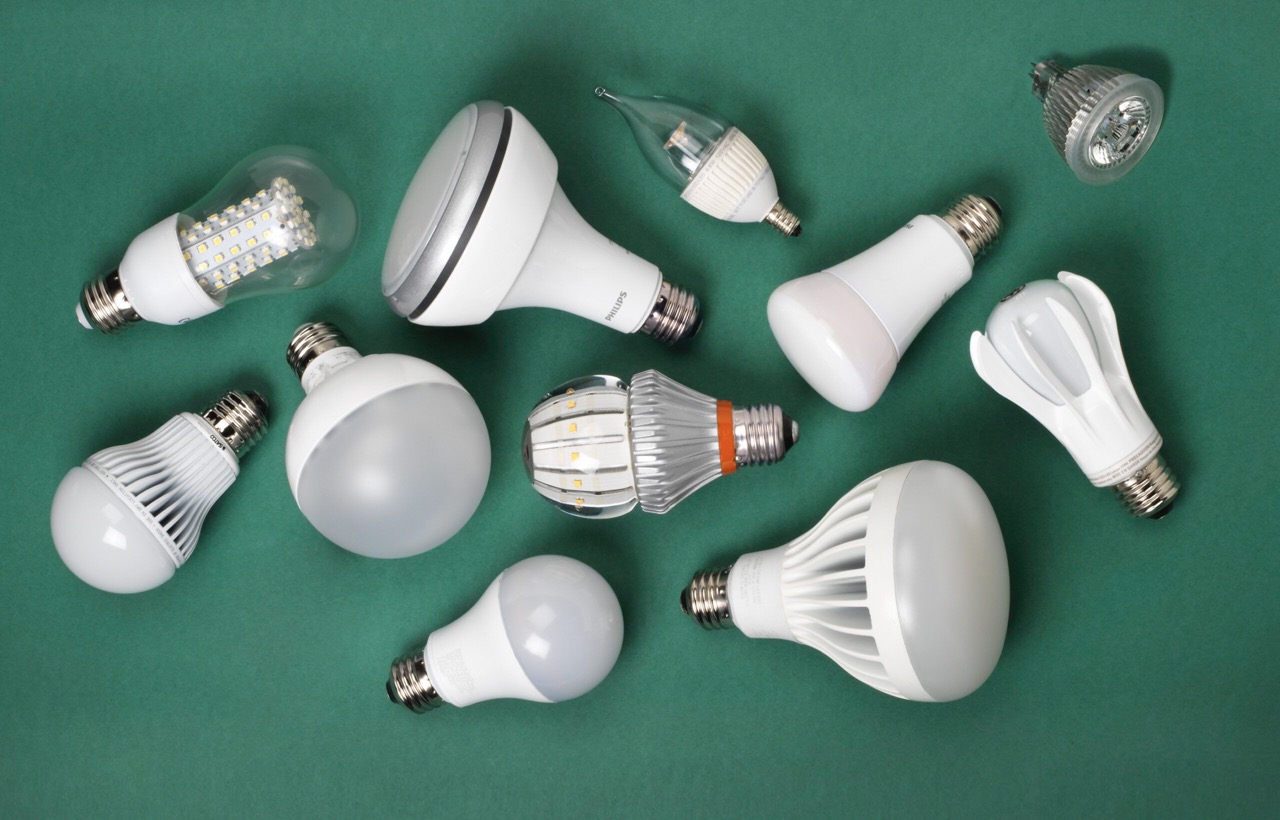
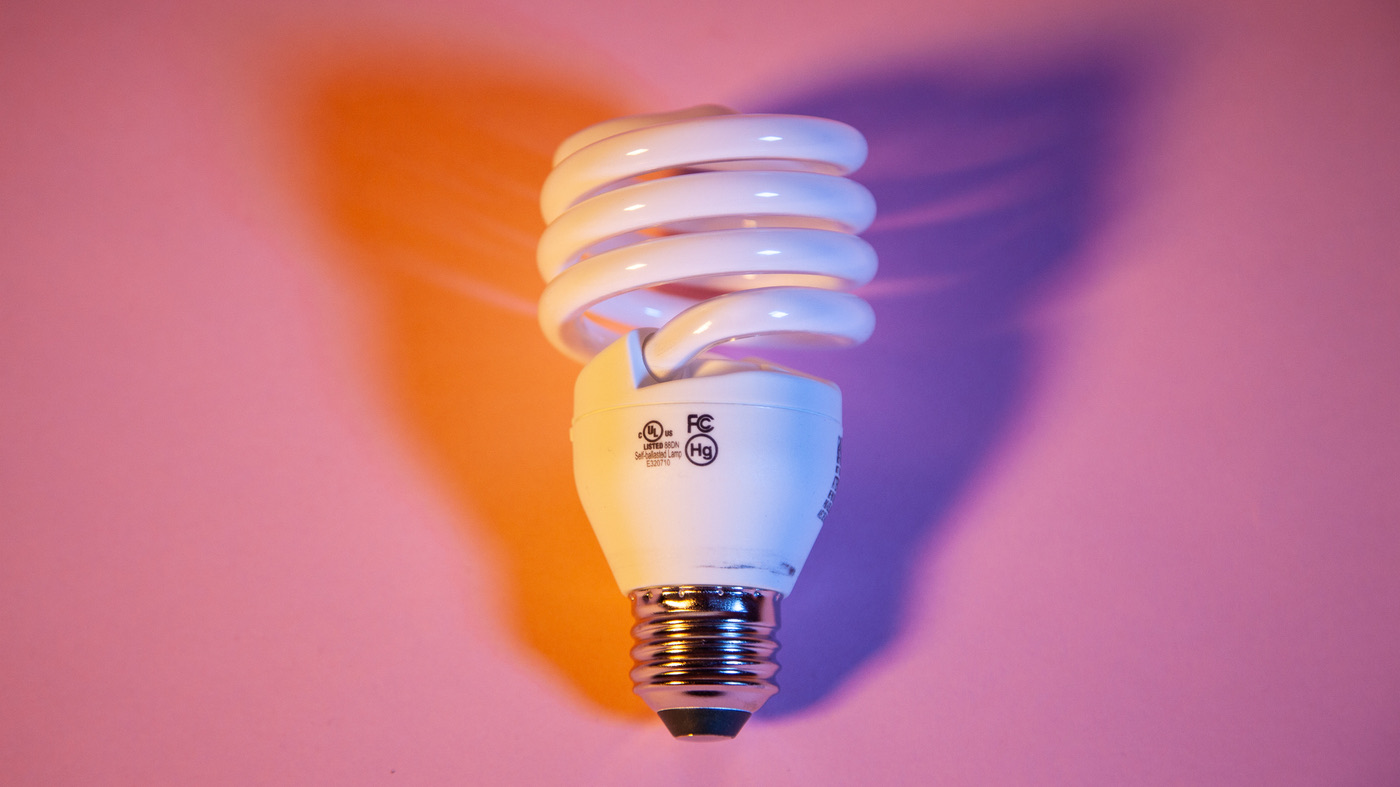
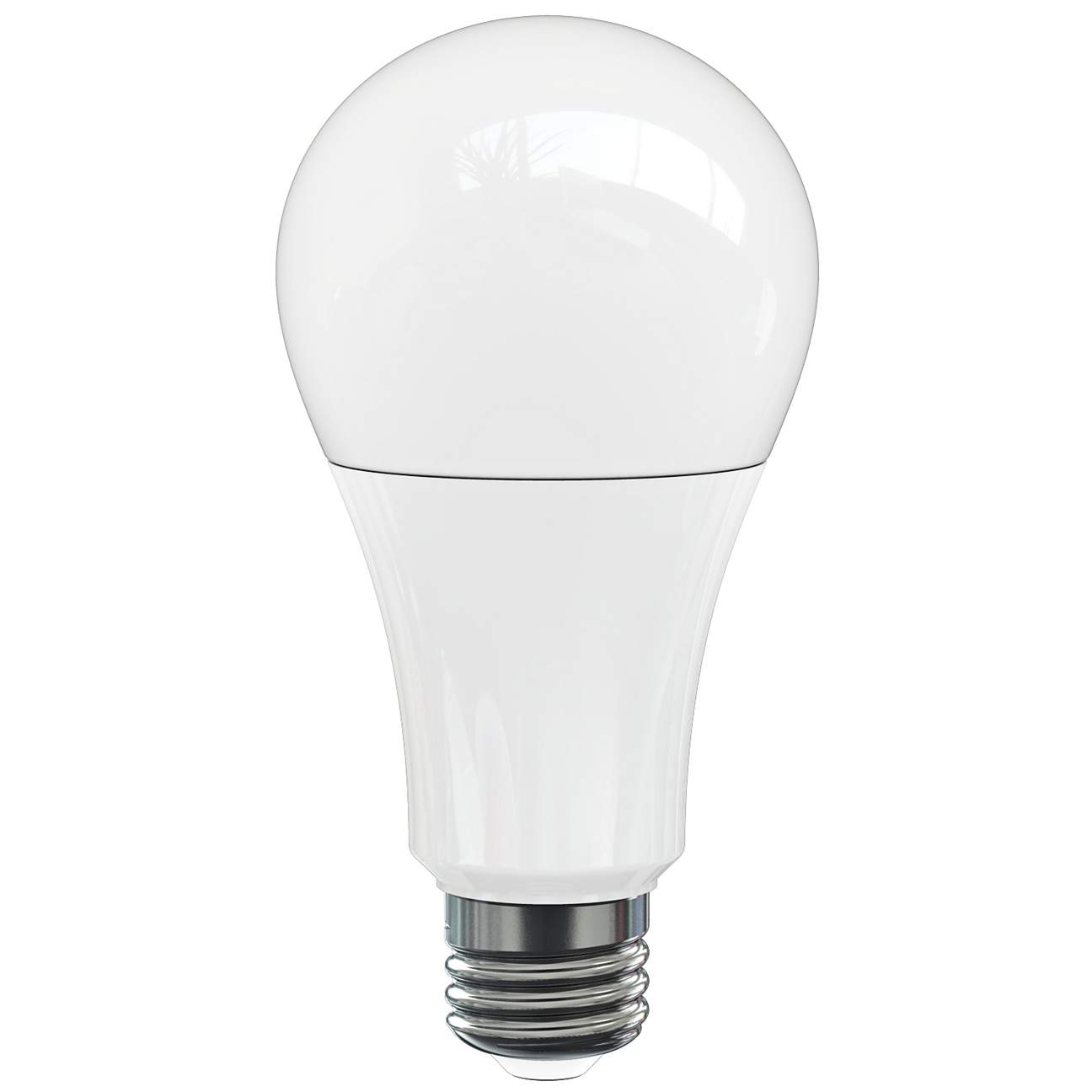
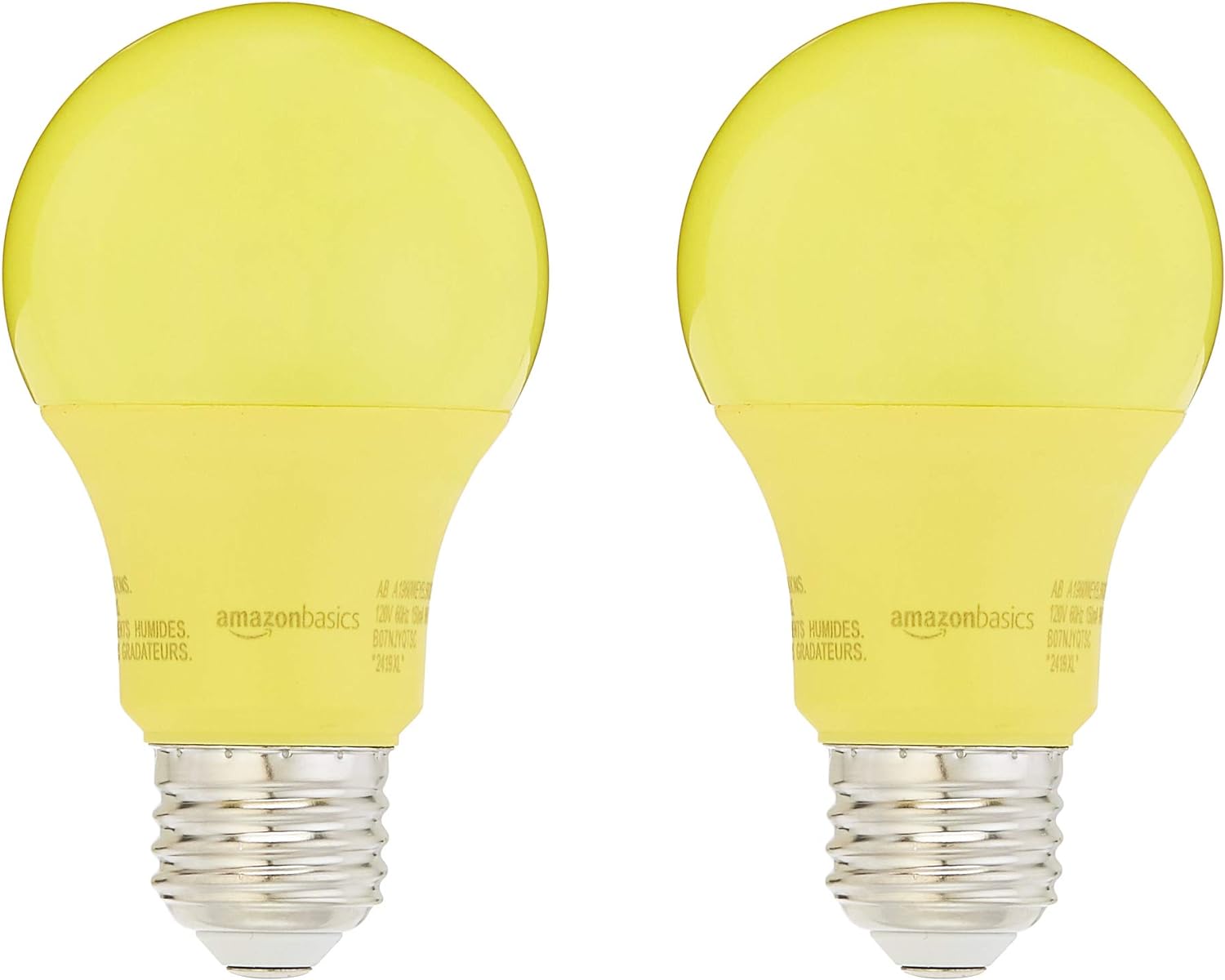
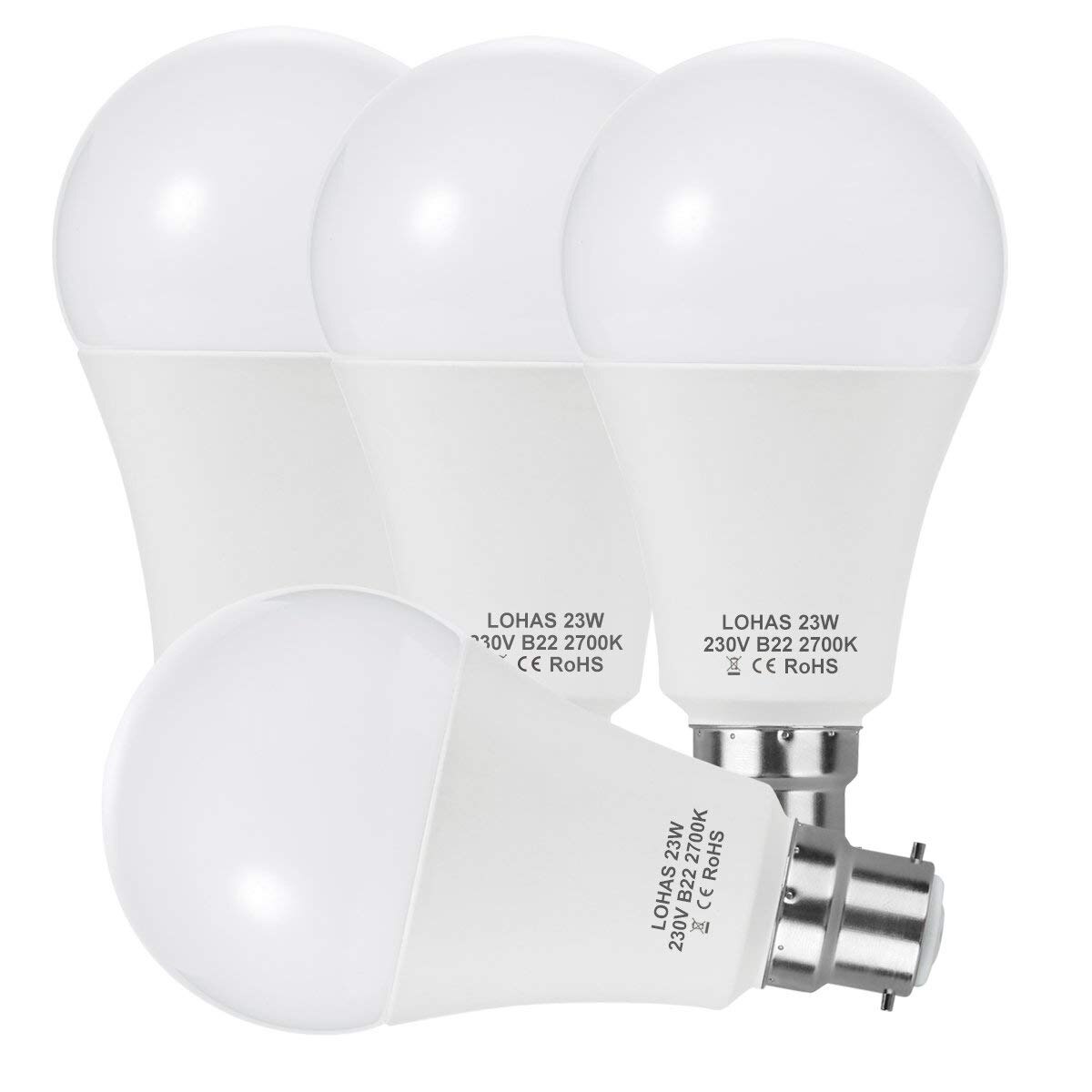

0 thoughts on “What Is A 4-Watt LED Bulb Equivalent To”